


The development of Guangzhou can be traced back to the Qin Dynasty, when a city named Panyu was built in southern China in 214 B.C.
The city’s unique geographical position allowed it to grow rapidly, especially in business. In the third century A.D., Panyu become the original place of the maritime Silk Road in the East, and in the Tang (618-907) and Song (960-1279) dynasties, it was the country’s largest port.
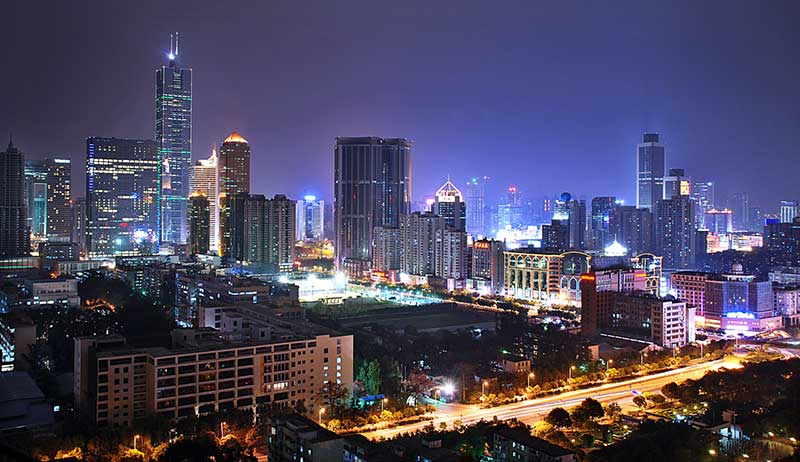
Panyu was the country’s only port for foreign trade duringthe Ming (1368-1644) and Qing (1644-1912) dynasties, unleashing unparalleled glamour. It is also the only port in the world that managed to maintain prosperity for nearly 2000 years of development.
Over the years, Panyu has grown into a well-known international trade center and an important national central city.

Its endless glory has made Guangzhou even more unforgettable to the world.

Commerce has made Guangzhou global, while other shining labels, such as “City of the Goat,” “City of Flowers,” and a city of cuisine, have helped give Guangzhou its unique charm and arouse people’s interest in the civilized city.
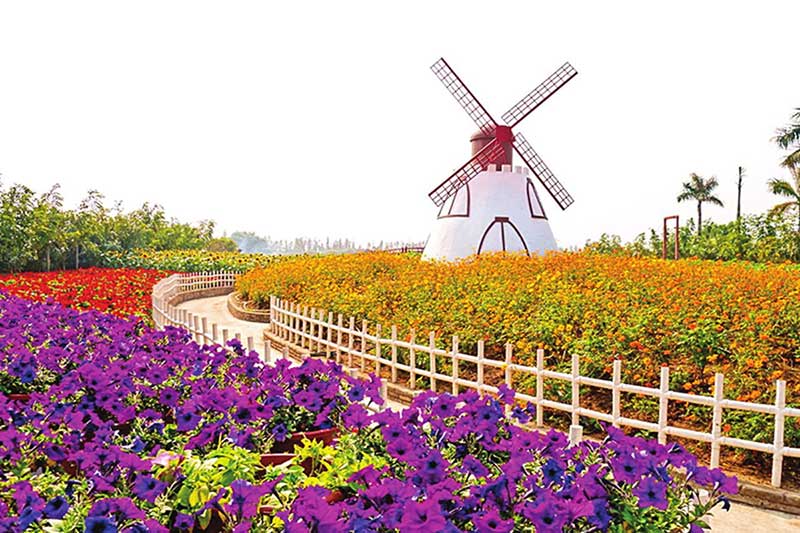
Flowers, the most gorgeous feature of Guangzhou, bloom all year round and beautify the city. The Kapok is the city’s official flower.
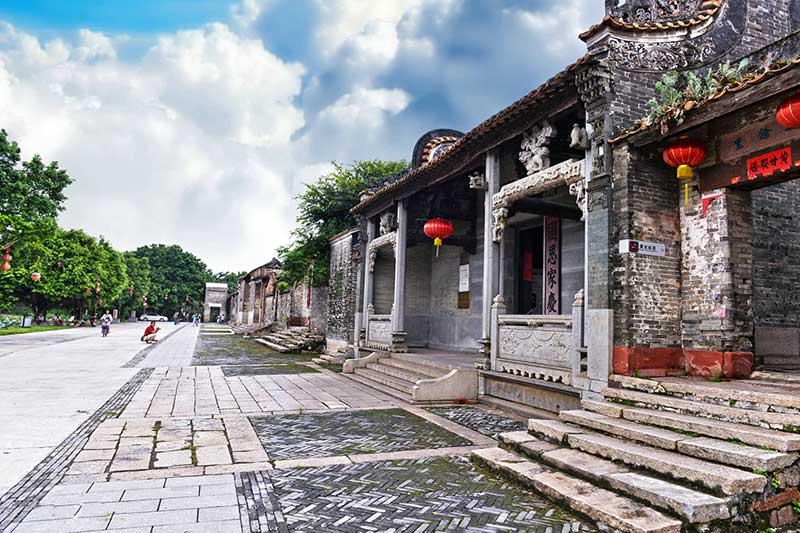
Guangzhou is among the country’s first historical and cultural cities. It is the birthplace of the maritime Silk Road, the center of Lingnan culture, one of the original cities of China’s modern revolution, and a front runner of the country’s reform and opening-up.

The city has profound history and culture, as well as strong cultural characteristics.
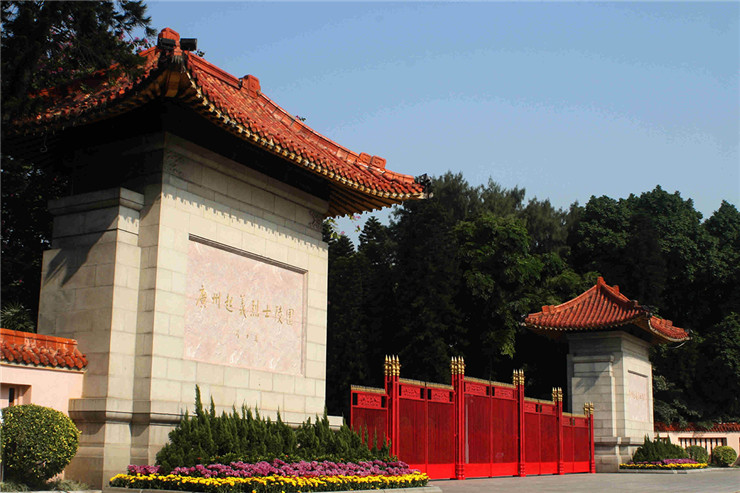
Guangzhou is also a city of heroes. It witnessed the Sanyuanli people’s anti-British rally, the uprising against imperialism on March 29, 1911, led by Sun Yat-sen, and the Guangzhou Uprising led by the Communist Party of China in 1927.

Guangzhou is both the original place of the democratic revolution and a city of fighting heroes.
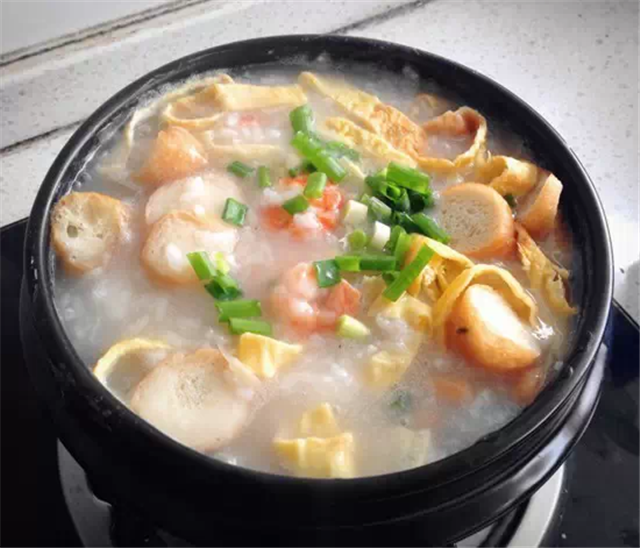
Guangzhou residents love drinking tea. When they meet in the morning, they usually greet each other with, “Have you had tea?” Drinking tea has become a habit of Guangzhou residents and a symbol of Guangzhou cuisine.
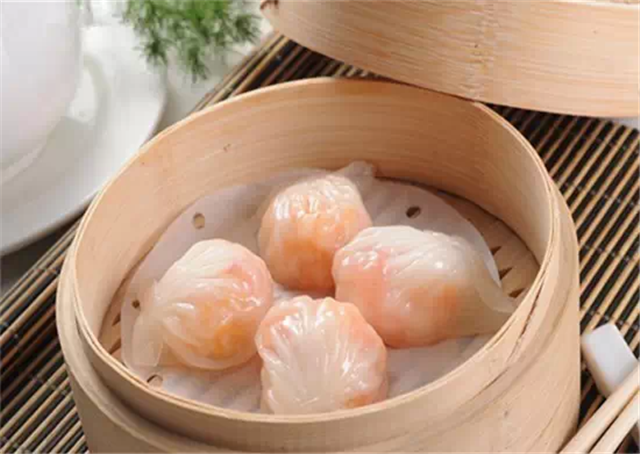
In addition to tea, they also like to have shrimp dumplings in the morning. Well-made shrimp dumplings are made of tender shrimp wrapped in translucent skins.Their appearance is attractive and their flavor is unforgettable. Scrambled rice noodles, another local snack with a history of over 100 years, wasadded to the list of Guangdong’s Intangible Cultural Heritage.

Guangzhou is endowed with rich tourism resources. Famous sites include the Flower City Square, Baiyun Mountain, Shawan Ancient Towns, Sacred Heart Cathedral, Lingnan Impression Park, Baomo Garden, Sun Yat-sen Memorial Hall, Huangpu Military Academy, and Haizhu Wetland Park.

Lychee Bay is a famous tourist attraction in Guangzhou. The place was spoken highly of in ancient poems:“The water is green, the lychees are ripe.” On the banks of the bay, many cultural and folklore sites can be found.
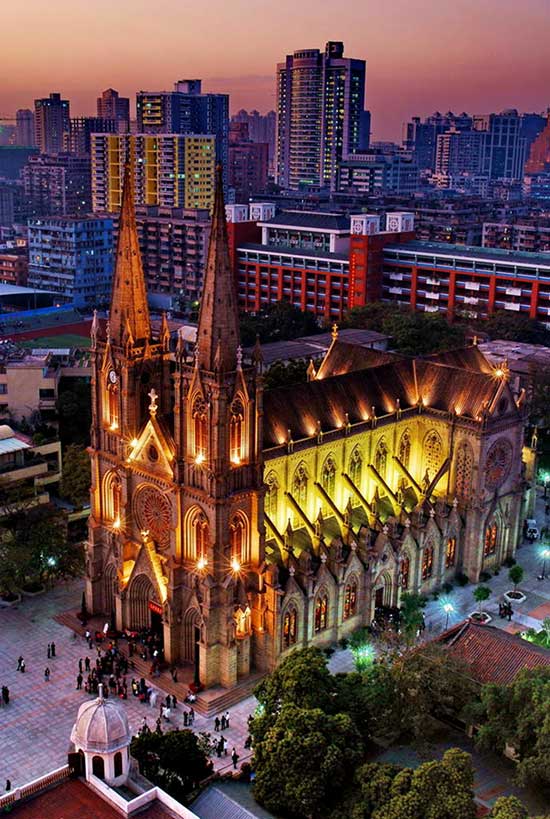
Guangzhou’s GDP hit 1.96 trillion yuan in 2016, up 8.2percent year on year. And its per capita GDP exceeded $20,000. The general public budget revenue of local governments totaled 139.38 billion yuan, up 7.2 percent compared with last year.
The quality and results of Guangzhou’s economy continue to rise and achieve new breakthroughs.
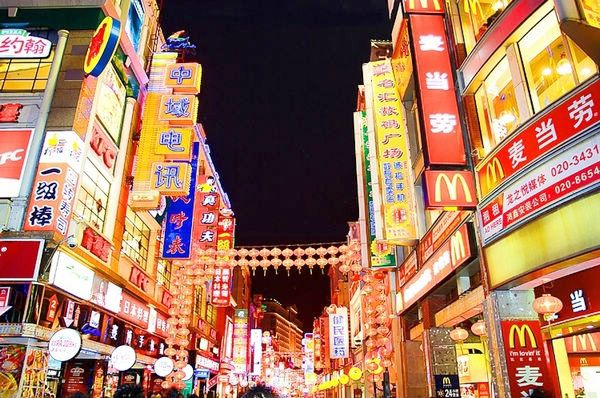
Now, Guangzhou is building itself into an international center for air transportation, logistics, and trade, and is forging a modern financial center.

The city is also stepping up efforts to build pivots of international sea transportation, air transportation, and scientific innovation, and fully implementing the strategy of building itself into a national innovation center.
Guangzhou will host the 2017 Fortune Global Forum. Now, the historical and cultural city is bursting with vigor.

 Award-winning photos show poverty reduction achievements in NE China's Jilin province
Award-winning photos show poverty reduction achievements in NE China's Jilin province People dance to greet advent of New Year in Ameiqituo Town, Guizhou
People dance to greet advent of New Year in Ameiqituo Town, Guizhou Fire brigade in Shanghai holds group wedding
Fire brigade in Shanghai holds group wedding Tourists enjoy ice sculptures in Datan Town, north China
Tourists enjoy ice sculptures in Datan Town, north China Sunset scenery of Dayan Pagoda in Xi'an
Sunset scenery of Dayan Pagoda in Xi'an Tourists have fun at scenic spot in Nanlong Town, NW China
Tourists have fun at scenic spot in Nanlong Town, NW China Harbin attracts tourists by making best use of ice in winter
Harbin attracts tourists by making best use of ice in winter In pics: FIS Alpine Ski Women's World Cup Slalom
In pics: FIS Alpine Ski Women's World Cup Slalom Black-necked cranes rest at reservoir in Lhunzhub County, Lhasa
Black-necked cranes rest at reservoir in Lhunzhub County, Lhasa China's FAST telescope will be available to foreign scientists in April
China's FAST telescope will be available to foreign scientists in April